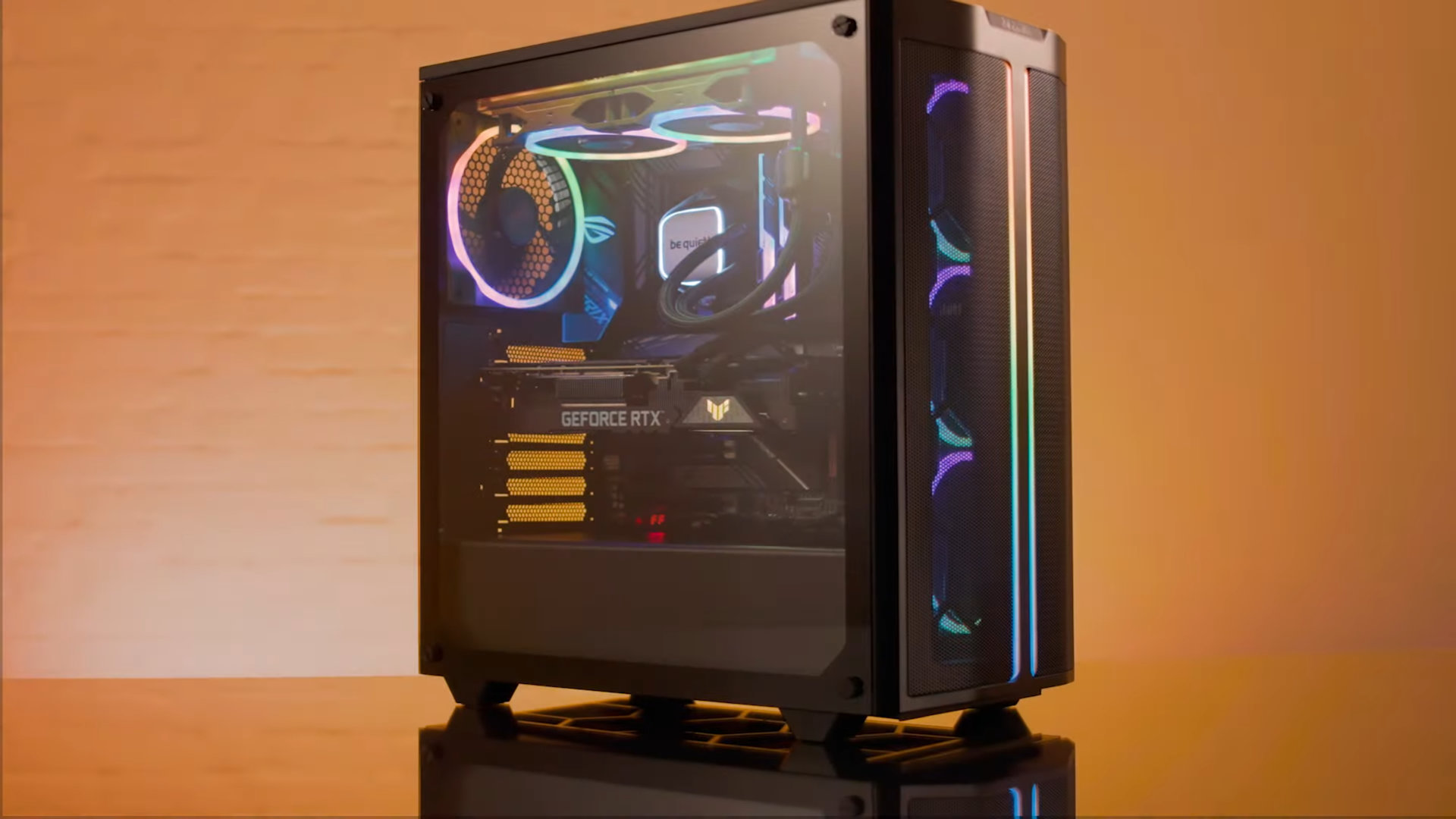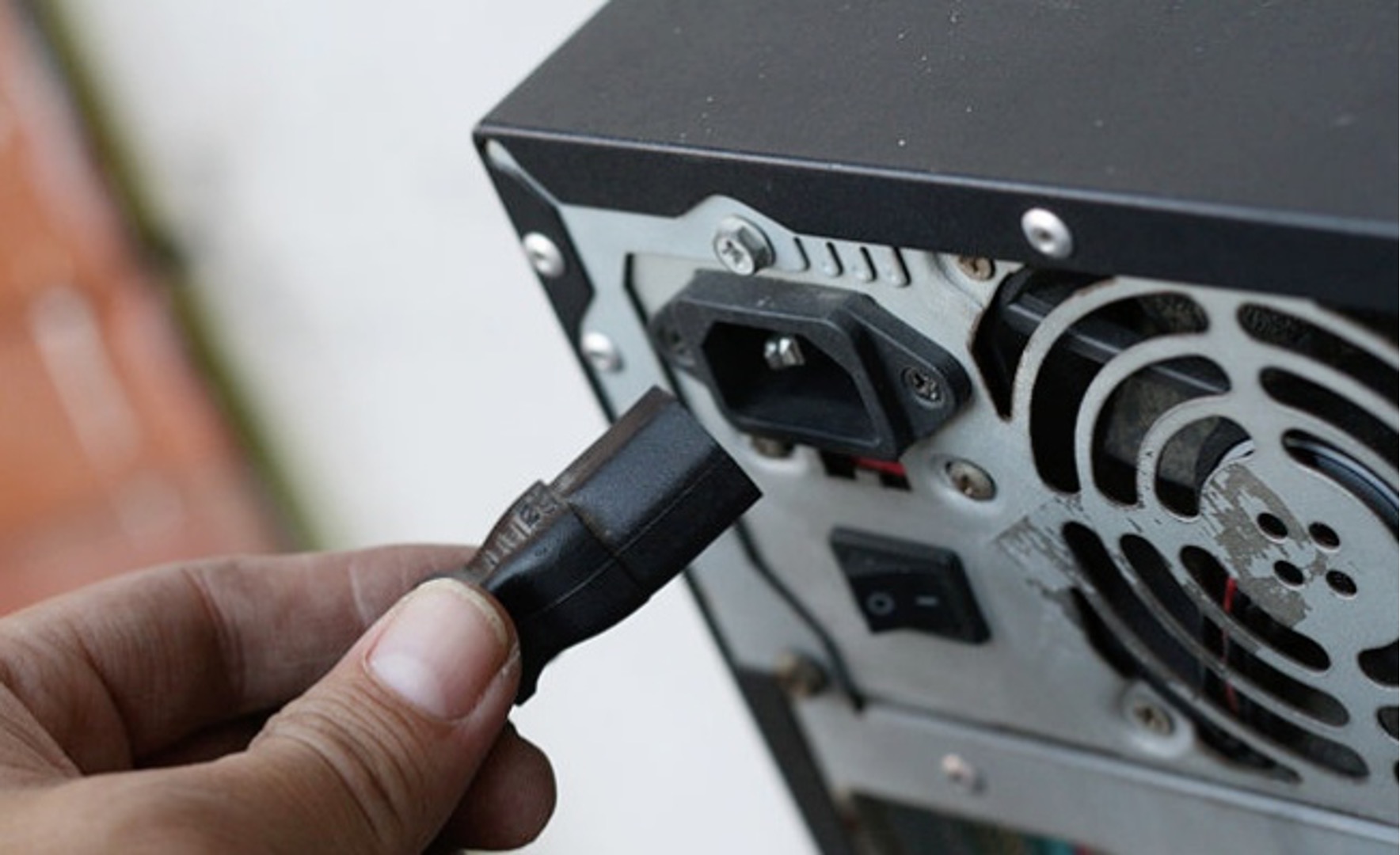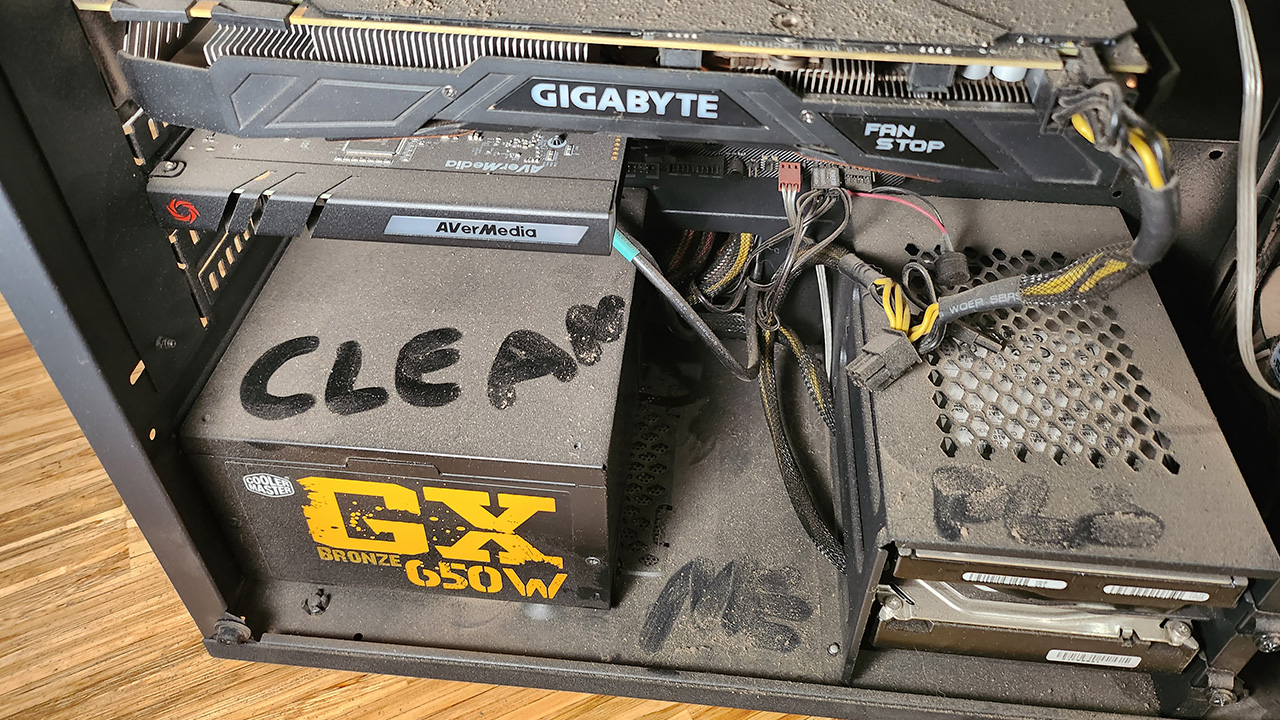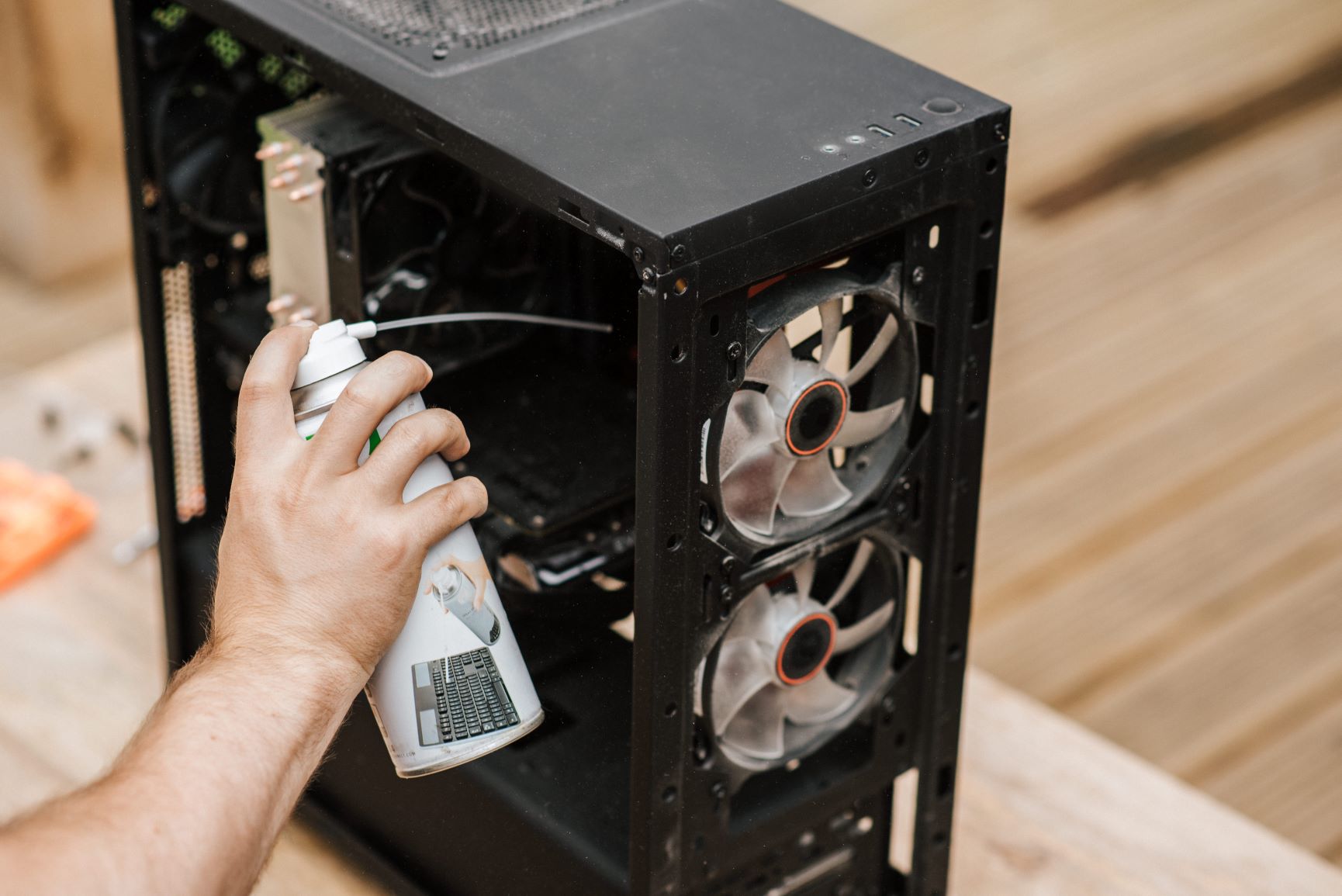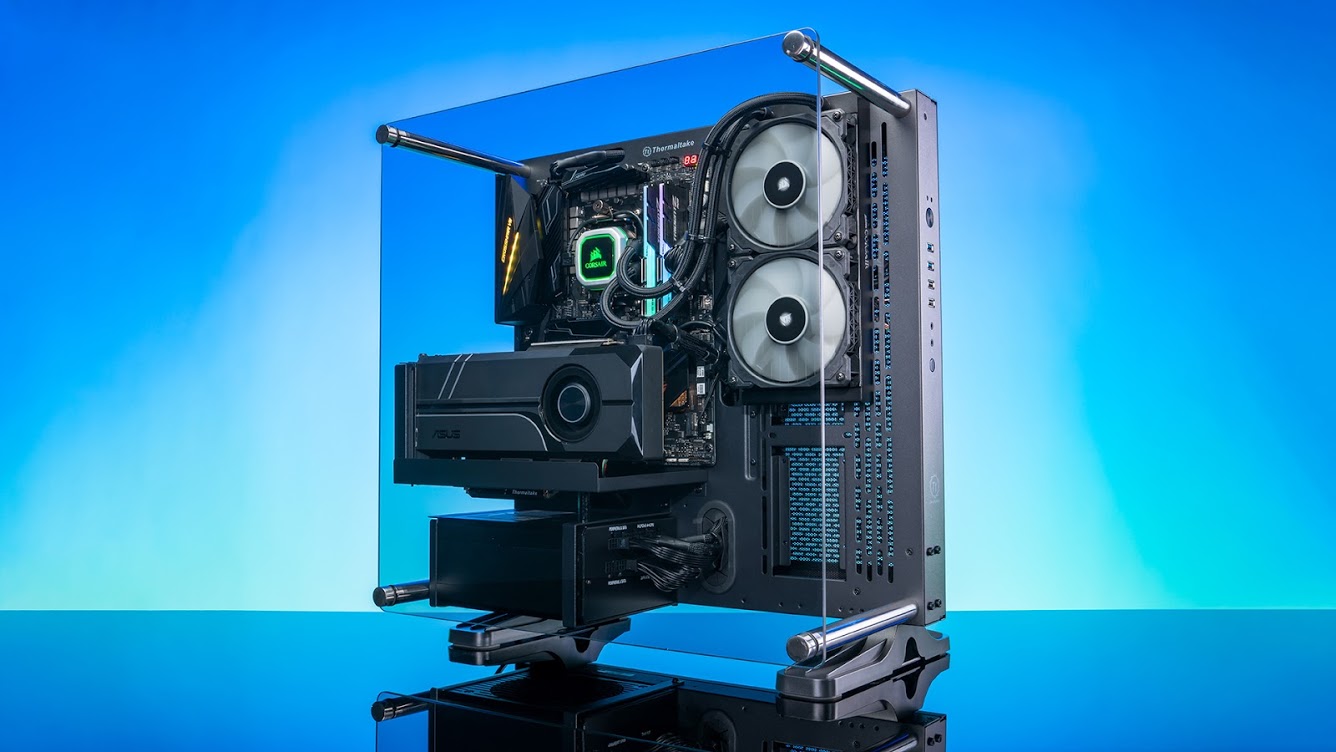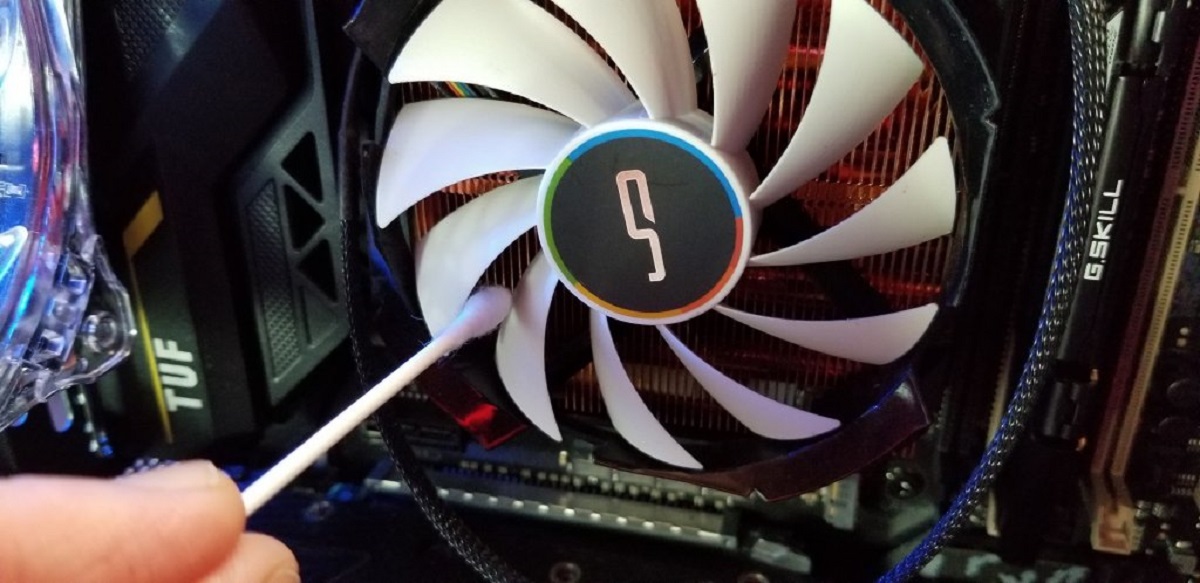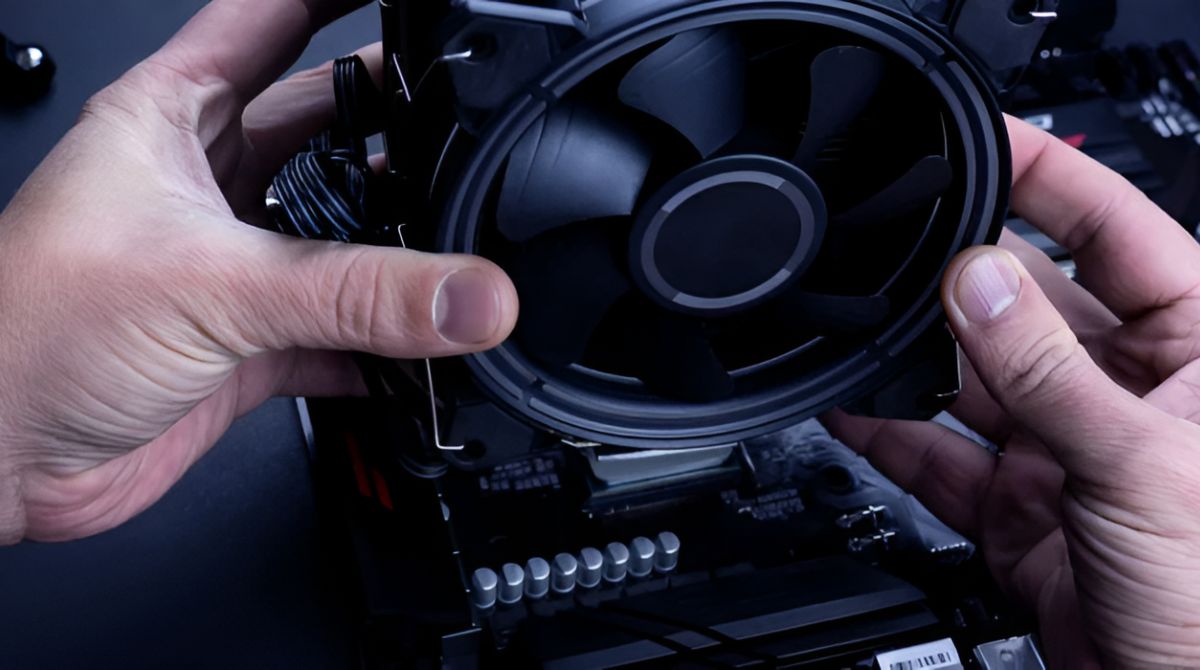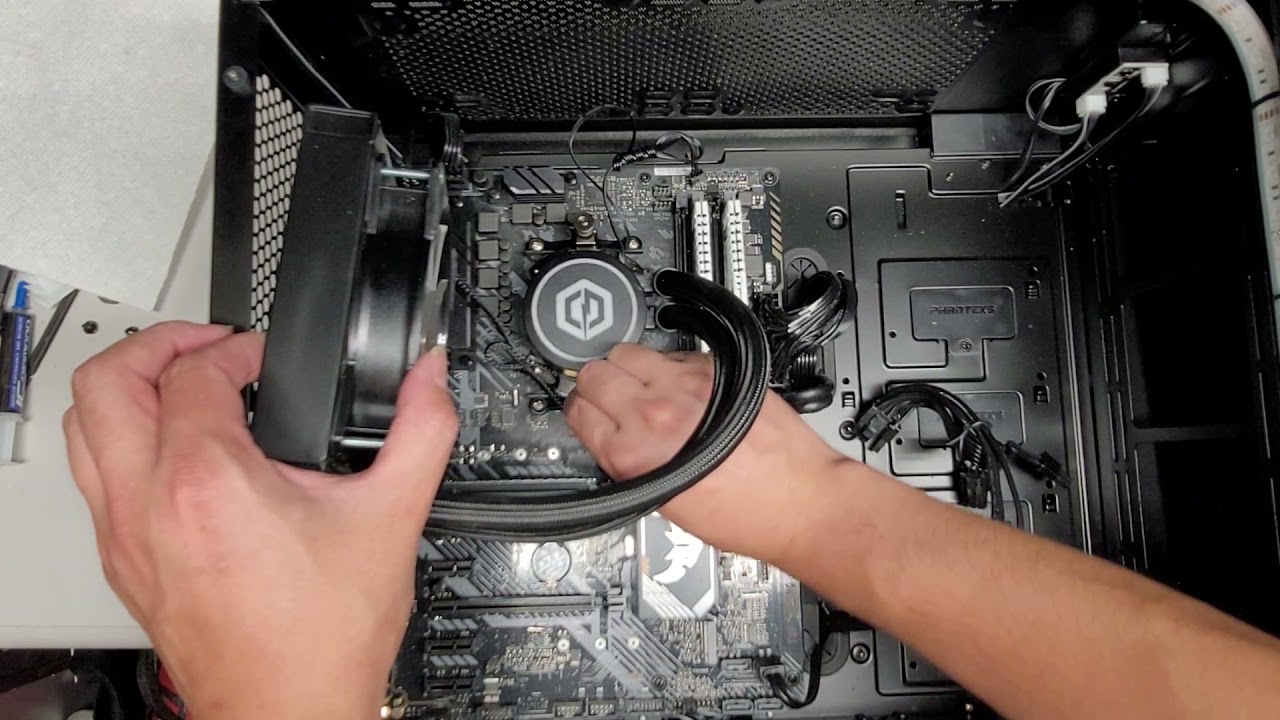Introduction
PC case fans are essential components that help in maintaining optimal temperatures inside the computer case, ensuring efficient performance and longevity of hardware components. While case fans play a vital role in cooling the system, there may be situations where you need to shut them off temporarily or permanently. Whether you’re troubleshooting a noisy fan, looking to reduce power consumption, or simply want to experiment with different cooling configurations, there are several methods to shut off a PC case fan.
In this article, we will explore five different methods that allow you to disable or shut off a PC case fan. These methods range from adjusting fan settings in the motherboard BIOS to using third-party software and cables to control the fan’s operation. Each method offers its unique benefits and considerations, depending on your specific requirements and the fan’s hardware configuration.
It’s important to note that tampering with the cooling system of your computer should be done with caution. Proper cooling is crucial for preventing overheating and ensuring system stability. If you decide to shut off a case fan, make sure you monitor the system temperatures and take necessary precautions to prevent any adverse effects.
Now, let’s dive into the various methods you can use to shut off a PC case fan and discuss the steps involved in each.
Method 1: Using the Motherboard BIOS
One of the primary methods to shut off a PC case fan is by utilizing the options available in the motherboard’s BIOS settings. Most modern motherboards offer fan control functionality, allowing you to adjust fan speeds or even turn off specific fans altogether. Here’s how you can do it:
- Start by accessing the motherboard BIOS. You can usually enter the BIOS by pressing a specific key during the boot process, such as Del, F2, or F12. The exact key varies depending on the manufacturer and motherboard model.
- Once inside the BIOS, navigate to the section related to fan control or fan settings. It may be listed under “Hardware Monitor,” “PC Health,” or similar headings.
- Within the fan control settings, you should find options to adjust individual fan speeds or toggle them on or off. Look for the fan corresponding to the case fan you want to shut off and select the appropriate option to disable it.
- Save the changes and exit the BIOS. The computer will restart, and the selected case fan should now be turned off.
It’s important to note that the availability and functionality of fan control options in the BIOS may vary depending on the motherboard brand and model. Some motherboards offer advanced fan control features, such as setting fan curves based on temperature sensors, while others may have limited control options.
Using the motherboard BIOS to shut off a case fan provides a convenient and permanent solution. However, it’s essential to be cautious when making changes in the BIOS settings, as improper configuration may lead to system instability or inadequate cooling for other components. Monitor your system temperatures after disabling a case fan and ensure that they stay within safe limits.
Method 2: Using SpeedFan
SpeedFan is a popular third-party software utility that provides advanced control over the fans and temperature sensors in your computer. It offers a user-friendly interface, allowing you to monitor and adjust fan speeds easily. Here’s how you can use SpeedFan to shut off a PC case fan:
- Start by downloading and installing SpeedFan from the official website. It’s compatible with most Windows operating systems.
- Launch SpeedFan, and it will detect the fans and temperature sensors present in your system.
- In the main SpeedFan interface, you will see a list of computer fans and temperature readings. Look for the case fan you want to shut off.
- Click on the slider corresponding to the fan you want to disable and drag it to the lowest possible value. Some fans may have a 0% option, which effectively turns them off.
- Verify that the selected fan has stopped spinning. You can monitor the fan speed or check physically if it has ceased operation.
SpeedFan offers additional features, such as creating custom fan curves based on temperature sensors and adjusting fan speeds based on specific thresholds. It also provides real-time temperature monitoring and system health information, giving you a comprehensive overview of your computer’s cooling performance.
Using SpeedFan to shut off a case fan provides a software-based solution that is flexible and easily reversible. However, it’s important to note that SpeedFan may not be compatible with all motherboard models, and some fans may not be controllable depending on the hardware configuration. It’s recommended to consult the SpeedFan documentation or community forums for specific troubleshooting and compatibility guidance.
Method 3: Using Fan Controller Software
Another effective method to shut off a PC case fan is by utilizing dedicated fan controller software. These software applications provide extensive control over fan speeds, allowing you to adjust and disable fans according to your preferences. Here’s how you can use fan controller software to disable a case fan:
- Start by identifying and downloading a fan controller software compatible with your operating system. Some popular options include Argus Monitor, CAM, and Corsair Link.
- Install the software and launch it. It will detect the connected fans and present you with an interface to customize their settings.
- Locate the specific case fan you want to shut off within the software’s interface. It may be listed as a separate fan channel or identified by the fan’s label.
- Adjust the fan speed control for the selected fan to the lowest value. In some cases, you may find an option to disable the fan entirely. Apply the changes to disable the fan.
- Confirm that the case fan has stopped spinning by checking visually or using monitoring features provided by the software.
Fan controller software offers more granular control over case fans compared to the motherboard BIOS or generic software solutions. It allows customization of fan curves, temperature thresholds, and even synchronization with RGB lighting effects, providing a comprehensive cooling management experience.
It’s important to note that the availability and compatibility of fan controller software vary depending on the manufacturer and type of fans you have. Some software applications may be specifically designed for certain brands or models. Ensure that the fan controller software you choose supports your case fans and offers the desired control options.
Using fan controller software offers a flexible and convenient solution to shut off a PC case fan. It provides the ability to configure fan speeds to your exact requirements and easily toggle fans on or off as needed.
Method 4: Using a Fan Y-Splitter Cable
If you want to disable a PC case fan without relying on software or motherboard settings, you can consider using a fan Y-splitter cable. This method allows you to disconnect the specific fan you want to shut off physically. Here’s how you can utilize a fan Y-splitter cable:
- Identify the case fan you want to disable and locate its power cable. The power cable is typically connected to the motherboard or a fan controller.
- Obtain a fan Y-splitter cable. This cable has two or more connectors that allow you to connect multiple fans to a single fan header on the motherboard.
- Disconnect the power cable of the case fan you want to disable from the motherboard or fan controller.
- Connect one end of the fan Y-splitter cable to the fan header on the motherboard or fan controller where the case fan was previously connected.
- Connect the other end of the fan Y-splitter cable to the power cables of the remaining fans that you want to keep active. Ensure that the connectors are securely plugged in.
- Power on your computer and verify that the case fan you disconnected with the fan Y-splitter cable remains stationary and is effectively shut off.
Using a fan Y-splitter cable provides a simple and reversible method to physically disconnect a case fan. This method is beneficial if you prefer a hardware-based approach or if you don’t have access to specific software or BIOS settings to control the fan’s operation.
However, it’s important to note that using a fan Y-splitter cable affects all fans connected to the same fan header. If you have multiple case fans connected to the same header and you disconnect one with the cable, all fans connected through the Y-splitter cable will be affected.
Ensure that your cooling system can adequately dissipate the heat generated by the remaining active fans after disabling a case fan. Monitoring your system temperatures is crucial when employing this method to prevent any adverse effects.
Method 5: Manually Disconnecting the Fan
If you prefer a direct and immediate approach to shut off a PC case fan, you can manually disconnect it from the power source. This method involves physically detaching the fan’s power cable, effectively stopping it from spinning. Here’s how you can manually disconnect a case fan:
- Power off your computer and unplug it from the electrical outlet for safety.
- Locate the specific case fan you want to disable. Follow the power cable of the fan to its source, which is typically connected to the motherboard or a fan controller.
- Identify the connection point between the case fan’s power cable and the power source. This could be a header on the motherboard or a connector on the fan controller.
- Gently but firmly pull out the power cable connection from the header or connector. Ensure that you do not pull on the cable itself, as this may damage the cable or connector.
- Once the power cable is disconnected, the case fan will no longer receive power and will stop spinning.
Manually disconnecting a fan provides an immediate and easy solution to shut it off without relying on software or additional hardware. This method is useful when you want to swiftly disable a fan temporarily or experiment with different cooling configurations.
However, it’s essential to exercise caution when handling delicate components inside your computer. Avoid applying excessive force or damaging any other parts while disconnecting the fan’s power cable.
Remember that disabling a case fan may impact the overall cooling performance of your system. Monitor your system temperatures closely after disconnecting a fan to ensure that the remaining cooling components can adequately dissipate heat and maintain stable operation.
Conclusion
Shutting off a PC case fan can be necessary for various reasons, ranging from reducing noise levels to experimenting with different cooling configurations. In this article, we explored five effective methods to disable a case fan: using the motherboard BIOS, utilizing fan controller software, relying on SpeedFan, using a fan Y-splitter cable, and manually disconnecting the fan.
Each method offers its unique benefits and considerations. The motherboard BIOS provides a permanent solution and allows for control over fan speeds and individual fan control. Fan controller software offers more granular control over fans and often includes additional features like temperature monitoring. SpeedFan provides a user-friendly interface for adjusting fan speeds and offers real-time temperature monitoring.
A fan Y-splitter cable provides a hardware-based solution that allows for physical disconnection of the fan. This method is simple and reversible but affects all fans on the same header. Manually disconnecting the fan offers a direct approach and can be done quickly, but it may require opening the computer case and should be done with caution to avoid damaging any components.
When shutting off a case fan, it’s crucial to monitor system temperatures to ensure that the remaining cooling components can handle the heat generated by other hardware. Overheating can lead to performance issues and potential damage to the computer’s internal components.
Consider your specific requirements and the compatibility of your hardware when deciding which method to use. It’s recommended to consult the documentation or support resources for your motherboard, software, or other hardware components to ensure compatibility and proper use of the methods described here.
Remember, proper cooling is vital for the optimal performance and longevity of your computer system. While shutting off a case fan may provide benefits in specific scenarios, it’s essential to balance cooling needs with the overall stability and longevity of your hardware components.







